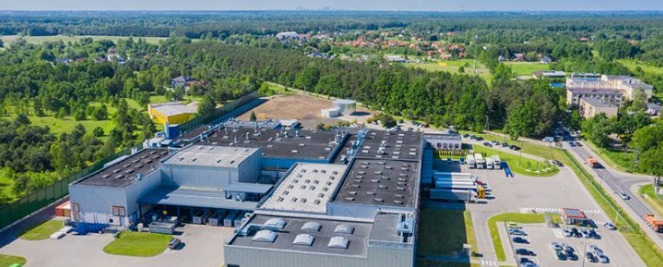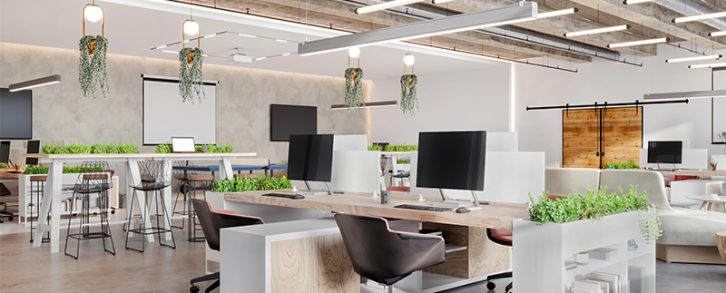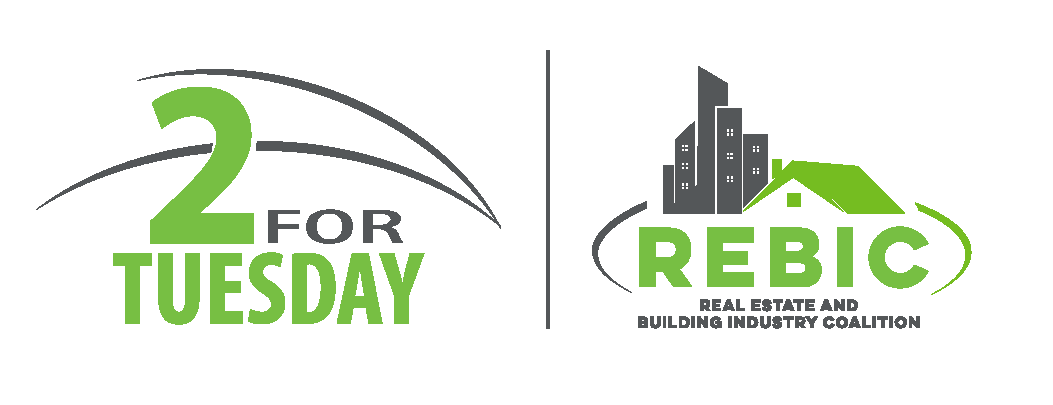Originally published in the Fall 2022 Issue of NAIOP's Development Magazine by Plabo J. Quintana.
The modern office is in the midst of a transformation. With most knowledge workers opting out of the traditional five-day-in-office workweek in search of flexibility and hybrid work solutions, the shape, size and focus of the future office is rapidly changing.
CBRE’s Spring 2022 Office Occupier Sentiment Survey provides a snapshot of these changes and their impact on commercial real estate. In a survey of 185 tenant companies, 39% of respondents said they plan to expand their office portfolios over the next three years. That’s up from 29% the previous year, suggesting that fears about the “death of the office” have been exaggerated. Fifty-two percent said they plan to reduce their office space holdings, but only 8% say they will become fully remote. Seventy-three percent — the vast majority — plan to support hybrid work.
As of now, office occupancy is slowly beginning to rebound from the depths of the COVID-19 pandemic. NAIOP’s Office Space Demand Forecast, released in May, reports that vacancy rates have increased across the country for 10 straight quarters. However, Class A buildings with amenities designed to attract skilled workers are helping to stabilize the office market. Net office space absorption in the remaining three quarters of 2022 is forecasted to reach 46.9 million square feet and total 47.3 million square feet for all of 2023.
























